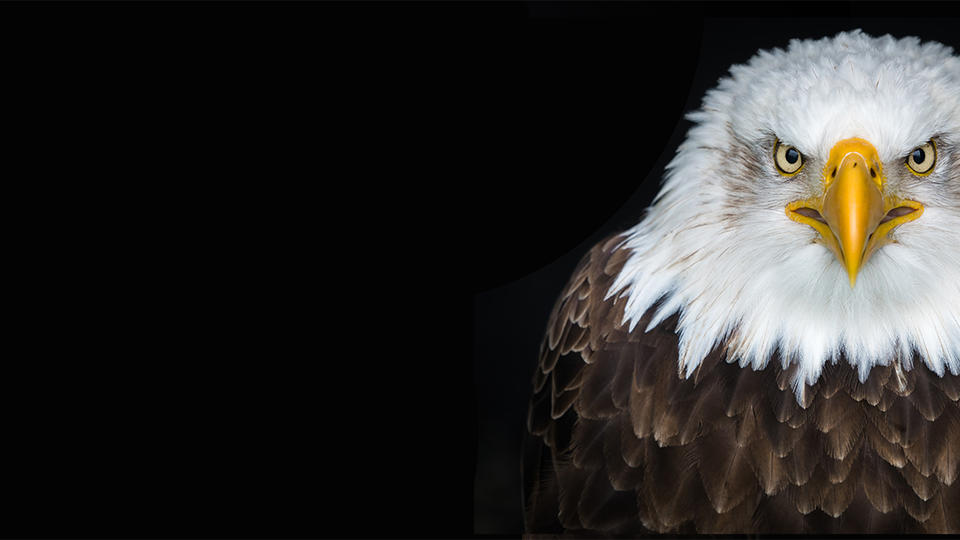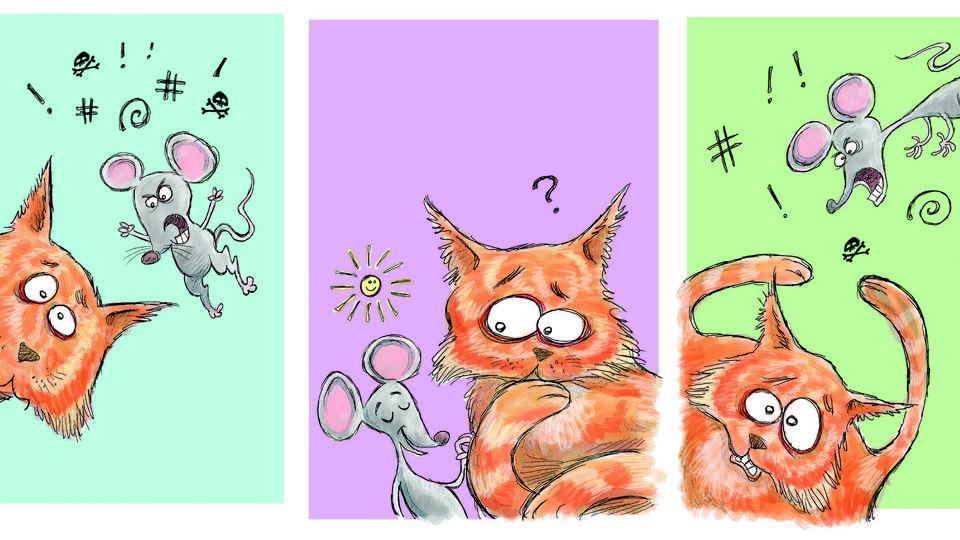
Star Student
How To Turn Top Employees Into Coaches
Based on research by Wagner Kamakura and Danny P. Claro
How To Turn Top Employees Into Coaches
- In retail, having a sales force that uses best practices can be the difference between survival or failure.
- Researchers created a formula to assess which workers might have valuable hidden skills they can share with their coworkers.
- By accounting for both known and unknowable factors, managers can identify salespeople with traits that work best in different types of sales.
When you’re a manager, decisions barrage you each day. What product works? Which store layout entices? How will you balance the budget? Many of these decisions ultimately hinge on one factor: the skills of your sales force.
Often, when managers evaluate their salespeople they contend with invisible factors that may not show up in commissions or name-tagged sales rosters — intangibles such as product placement, season or simply a store’s surrounding population. This makes it hard to fully evaluate a salesperson, or to spot which workers can teach valuable skills to their peers and improve the whole team.
But what if you could plug a few variables into a statistical model to spot your best sellers? You could then ask the star salespeople to teach coworkers some of their secrets. New research by Rice Business professor Wagner A. Kamakura and colleague Danny P. Claro of Brazil’s Insper Education and Research Institute offers a technique for doing this. Blending statistical methods that incorporate both known and unknown factors, Kamakura and Claro developed a practical tool that, for the first time, allows managers to identify staffers with key hidden skills.
To test their model, the researchers analyzed store data from 35 cosmetic and healthcare retail franchises in four South American markets. These particular stores were ideal to test the model because their salespeople were individually responsible for each transaction from the moment a customer entered a store to the time of purchase. The salespeople were also required to have detailed knowledge of products throughout each store.
Breaking down the product lines into 11 specific categories, and accounting for predictors such as commission, product display, time of year and market potential, Kamakura and Claro documented and compared each salesperson’s performance across products and over time.
They then organized members of the salesforce by strengths and weaknesses, spotlighting those workers who used best practices in a certain area and those who might benefit from that savvy. The resulting insight allowed managers to name team members as either growth advisors or learners. Thanks to the model’s detail, Kamakura and Claro note, managers can spot a salesperson who excels in one category but has room to learn, rather than seeing that worker averaged into a single, middle-of-the-pack ranking.
If a salesperson is, for example, a sales savant but lags in customer service, managers can use that insight to help the worker improve individually, while at the same time strategizing for the store’s overall success. Put into practice, the model also allows managers to identify team members who excel at selling one specific product category — and encourage them to share their secrets and methods with coworkers.
It might seem that teaching one employee to sell one more set of earbuds or one more lawn chair makes little difference. But applied consistently over time, such personalized product-specific improvement can change the face of a salesforce — and in the end, a whole business. A good manager uses all the tools available. Kamakura and Claro’s model makes it possible for every employee on a sales team to be a potential coach for the rest.
Wagner A. Kamakura was the Jesse H. Jones Professor of Marketing at Jones Graduate School of Business at Rice University.
To learn more, please see: Claro, D. P. & Kamakura, W. A. (2017). Identifying sales performance gaps with internal benchmarking. Journal of Retailing, 93(4), 401-419.
Never Miss A Story


